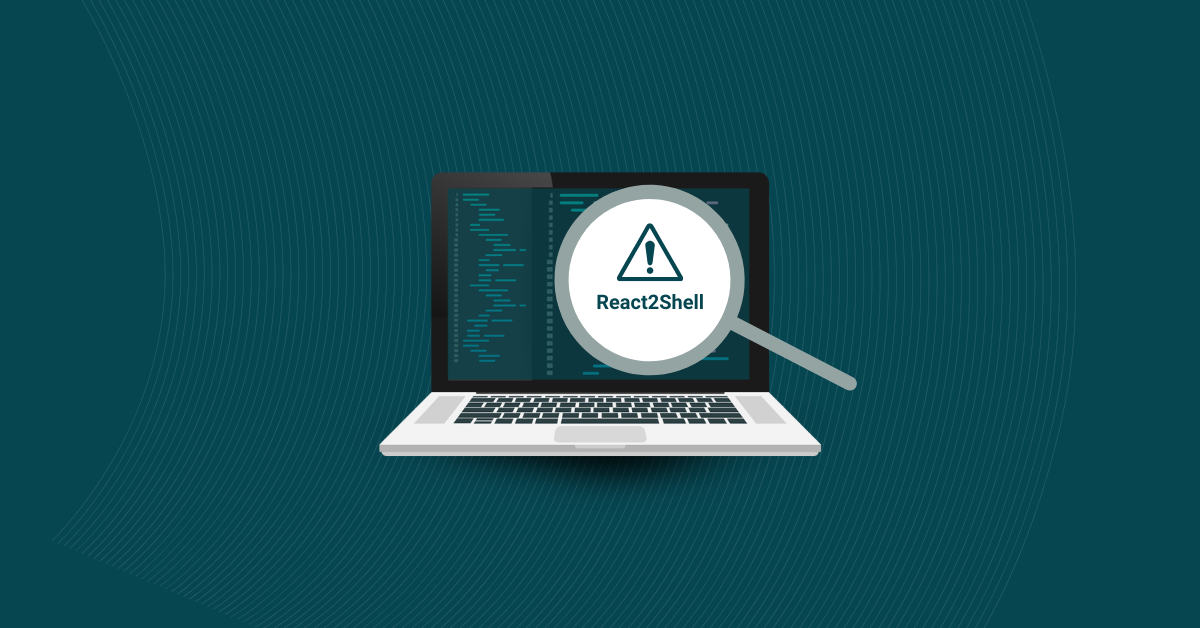

The surge in cyberattacks, data breaches, and ransomware incidents affecting critical systems in the U.S. led the White House to issue a National Cybersecurity Strategy in March 2023. While cyberattacks concern organizations nationwide, this guide will examine software security by state, starting with the three states that face particularly heavy cyber vulnerabilities: California, Florida, and New York.
Known for its tech-savvy culture and concentration of leading technology companies, California has experienced a surge in cyberattacks. Hospitals, government agencies, and even educational institutions have fallen victim to California cyber threats.
One of the most disruptive recent cyber attacks was carried out on Prospect Medical Holdings. The company operates 17 hospitals and 166 outpatient clinics in Los Angeles across five states. On August 3, 2023, employees discovered ransomware notes on their computers, revealing that their network had been hacked and its devices encrypted.
The Rhysida group claimed responsibility for the attack and offered the stolen data for sale on the dark web for 50 bitcoins, almost $1.3 million. The data breach affected hundreds of thousands of employees and patients and included:
This attack highlights the vulnerabilities that even well-established businesses face with the escalation and monetization of cyberattacks. Complex networks and systems are often interlinked across various states or even countries. The attack didn’t merely disrupt operations at a single facility but cascaded through an extensive network of facilities across states. It demonstrates that cyber vulnerabilities can have a ripple effect that quickly escalates into a full-scale crisis.
As an open records state, Florida has more information publicly available online than many other states, making it a prime target for cybercrimes. In particular, the U.S. government issued a statewide cyber risk warning to Florida that it could be facing an uptick in attacks by malicious Russian actors attempting to access water and energy systems.
This warning of software vulnerabilities in Florida follows a 2021 hack into a water treatment facility in Oldsmar, Florida. The hackers accessed the facility’s systems by exploiting vulnerabilities, including poor password security and an outdated operating system. After gaining control of the system, the hackers attempted to raise the levels of lye in the water to over 100 times the baseline level, which could have poisoned the water of over 15,000 residents in the Tampa Bay area.
Fortunately, an astute plant manager noticed the hack as it was taking place and returned the system to normal before any damage occurred. Exploiting easily corrected vulnerabilities, like poor password security and an outdated operating system, almost led to a public health crisis, illustrating that even seemingly trivial security lapses can have catastrophic results when it comes to critical infrastructure.
The Oldsmar incident was averted not by sophisticated security systems but by the quick action of a plant manager. Relying on human alertness is not a scalable or foolproof strategy for preventing cyberattacks. Companies must employ multi-faceted cybersecurity measures, including strong password protocols, up-to-date software, intrusion detection systems, and regular security audits.
New York’s status as a global financial hub, numerous multinational corporations there, and its role as a media, technology, and government nexus make it an attractive target for cybercriminals. One of the most long-ranging New York software hacks was conducted against a county government.
On September 8, 2022, a cyberattack on Suffolk County, New York, disrupted county systems and government functions, with some still offline over a year later. The attack, which began in December of 2021 and ran unchecked for over nine months, compromised county records, including personal information. The attack may have exposed the private data of around 500,000 people.
The attack impacted services, including:
The attack also leaked sensitive data, such as driver’s license numbers linked to 470,000 moving violations and contract information from the Suffolk County Court and Sheriff’s offices.
The cause of the ransomware attack was traced to multiple cybersecurity failures, including:
The long-term impact of the Suffolk County attack shows that the ramifications extend well beyond the immediate aftermath of an attack, affecting both operational efficiency and public trust. This attack wasn’t a result of a single point of failure but due to multiple issues. To mitigate similar risks, organizations must address multiple layers of potential failure and establish a security-focused culture from the top down. Without a dedicated cybersecurity leader, most organizations will fail to complete a business vulnerability assessment and develop an effective security strategy.
Mounting cyber threats targeting various sectors, businesses, and government agencies require implementing a comprehensive security strategy that addresses the full spectrum of vulnerabilities. Strong cybersecurity measures could have prevented most of these recent attacks. In particular, attackers frequently exploit outdated operating systems, delayed security upgrades, and shortcomings in monitoring systems that should have detected and addressed the threats much earlier.
Integrating Kiuwan’s Code Security (SAST) and Insights (SCA) tools into your comprehensive security strategy can bolster your defenses against cybersecurity threats. SAST actively scans your source code to flag vulnerabilities such as SQL injections, cross-site scripting (XSS), and insecure deserialization, helping you close security gaps before deployment. Meanwhile, SCA checks third-party libraries for vulnerabilities, ensuring that your external dependencies don’t become the weak link. Together, these tools complement other security measures like firewalls, intrusion detection systems, and regular audits, providing a more holistic security framework for your applications. Reach out today to learn how Kiuwan’s end-to-end application security platform can help.


